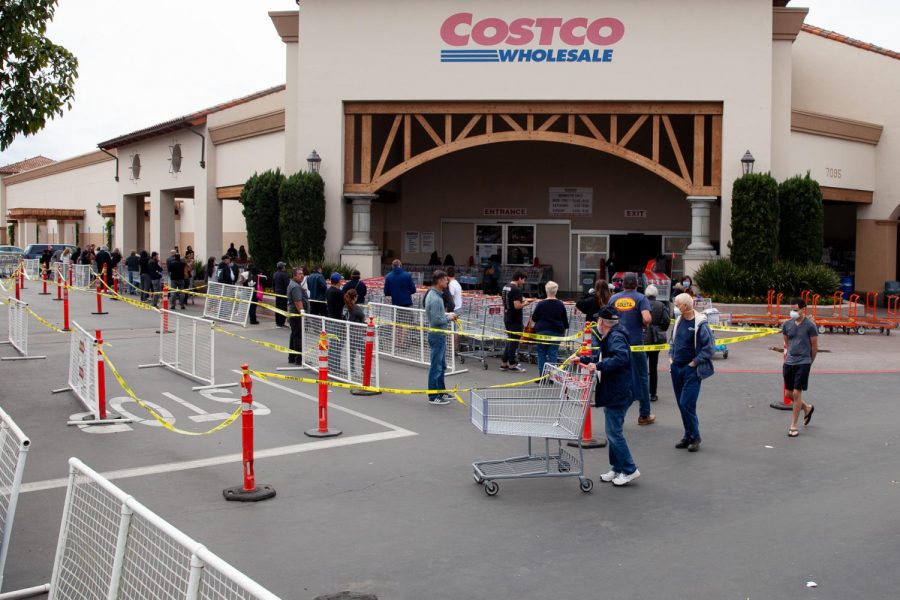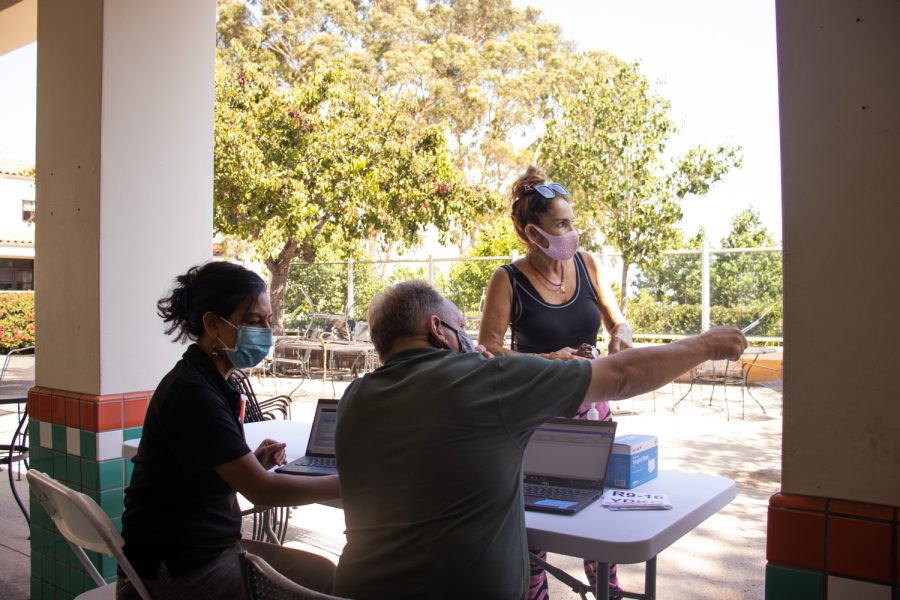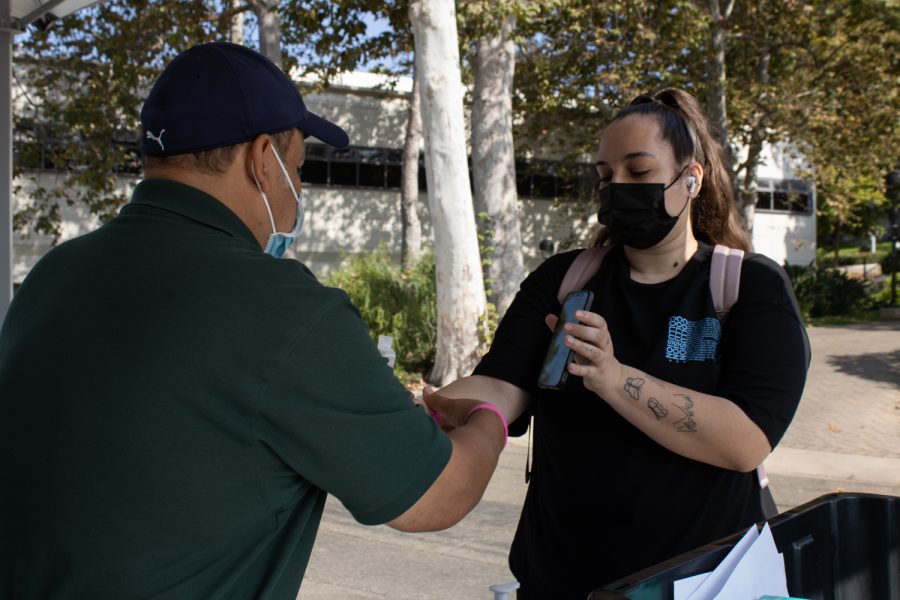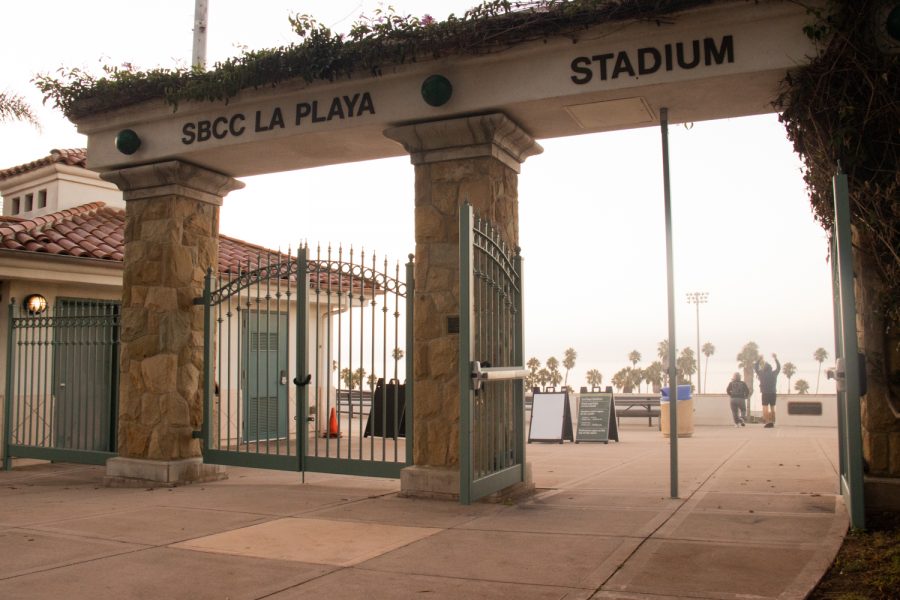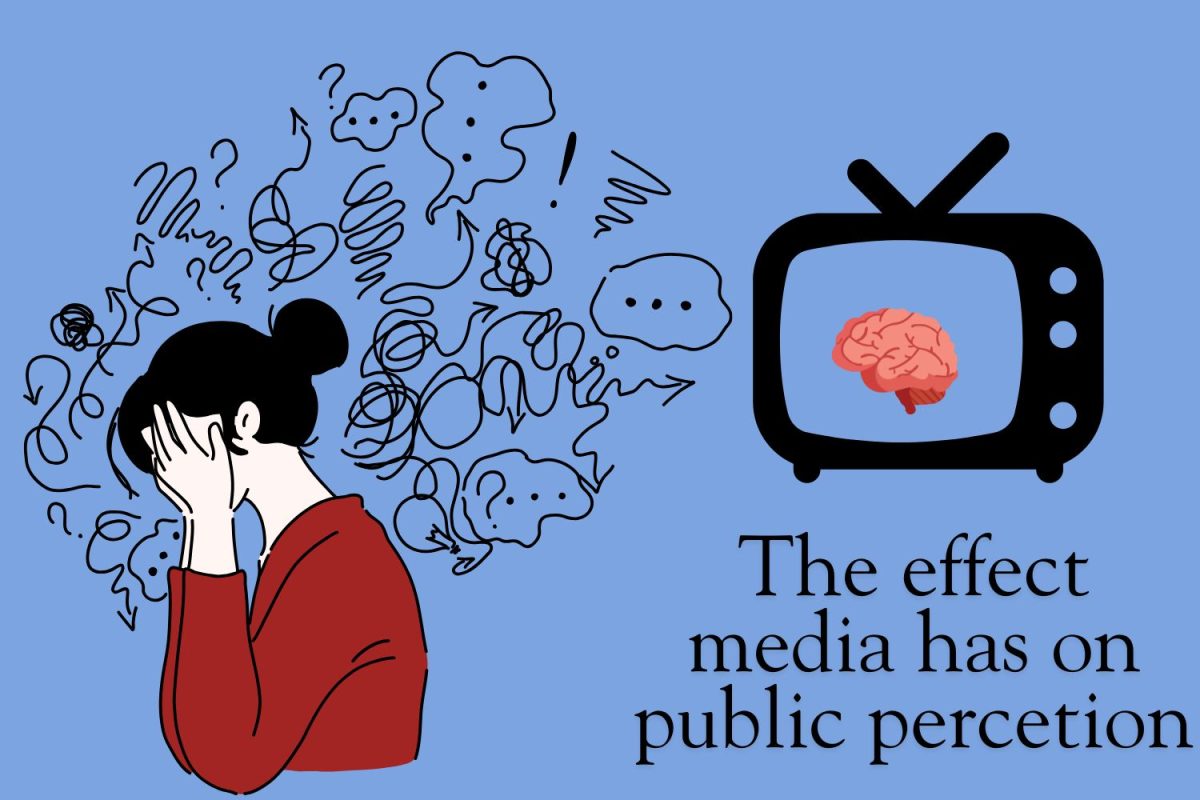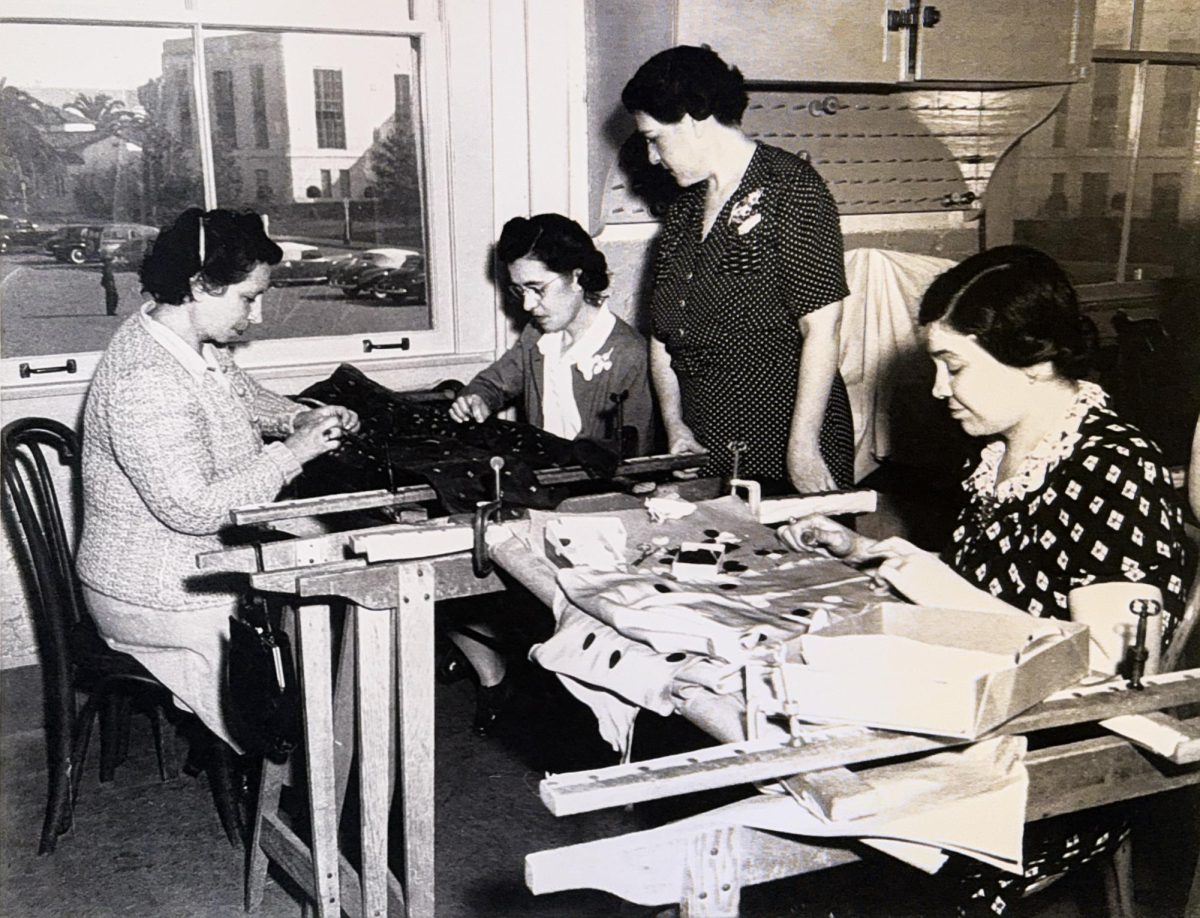Navigating crowded aisles, waiting in ridiculously long lines and fighting over limited inventory are all reminders that traditional grocery shopping is an activity of the past.
Crowds are flocking to grocery stores in hopes of acquiring canned goods, toilet paper, cleaning products and frozen dinners.
Shoppers are continuing to buy in bulk and hoard grocery items ever since the stay-at-home order, jeopardizing the wellbeing of lower income families and placing grocery workers at risk of a higher exposure.
Lower income families who are already living on tight budgets can not afford to buy in bulk, and those on CalFresh or other food stamp programs may be limited to certain brands which may be out of stock due to the high volume of shopping.
Unemployment rates have skyrocketed since the outbreak of the novel Coronavirus creating even more fear surrounding food stability. More than 6.6 million unemployment claims were filed in the week ending March 28.
They are being processed as quickly as possible, but due to the large numbers of claims, the process is taking longer than expected.
Some schools are offering free breakfast and lunch for children under 18 to ease some of the financial burden being placed on families.
Money that would be spent on groceries can now be used to pay bills or other expenses.
Some families are having to spend money they do not have on gas to travel to multiple stores in search of food, which puts them at higher risk of exposure to the virus.
But the customers aren’t the only ones affected by the hoarding.
At least four grocery store employees in the United States have died from the virus, and many report having to work without gloves, facemasks, or being unable to take paid sick leave.
Workers are met with large crowds at grocery stores and people not practicing social distancing, which can be both stressful and dangerous.
A website titled “How Much Toilet Paper?” is attempting to ease people’s fears and growing concerns surrounding panic buying of toilet paper, one of the most highly sought after goods in this pandemic.
It calculates how long the toilet paper you have will last based on the number of rolls available, how many times people approximately use the restroom and how many sheets of toilet paper people use.
According to the website, the average user has 500% more toilet paper than they need.
It is easier to succumb to anxiety driven buying when there are many people who are also acting in similar ways. Here are some tips for grocery shopping.
- Make a list of what you have at home already and try to determine how long they will last.
- Bring a list with you to the grocery store and try to stick to it.
- Do your best to remain calm.
- Be considerate of others.
Buying an unnecessary amount of food items or toilet paper can cause others hardship, and it’s important to beware of hoarding of goods and protect the people most vulnerable to the effects of the COVID-19,like low income families and the elderly.


